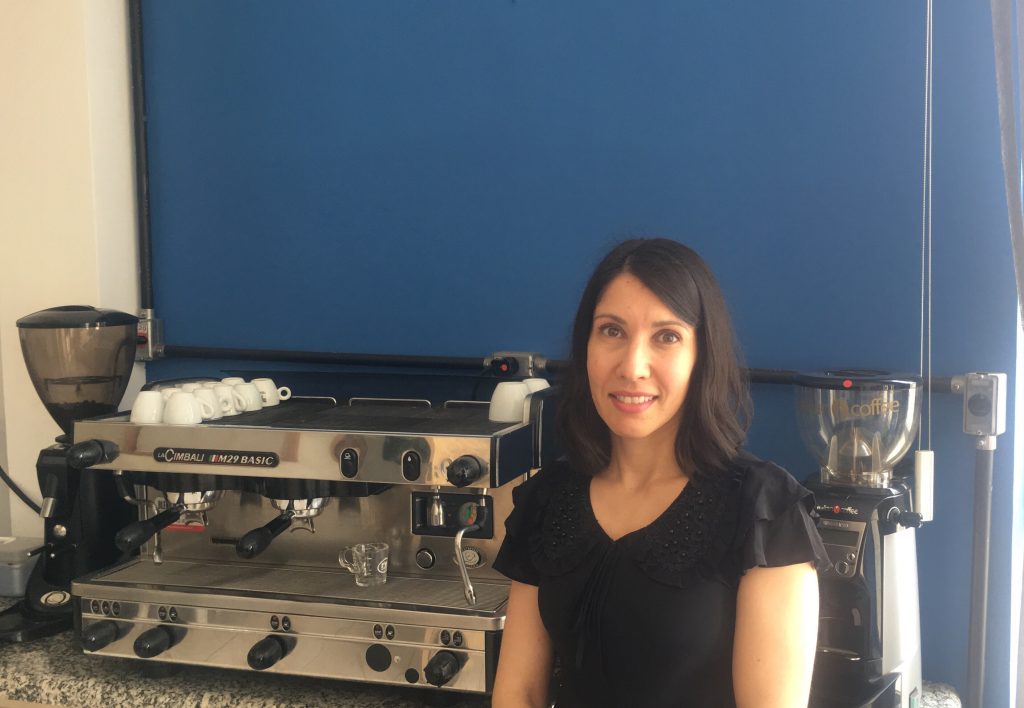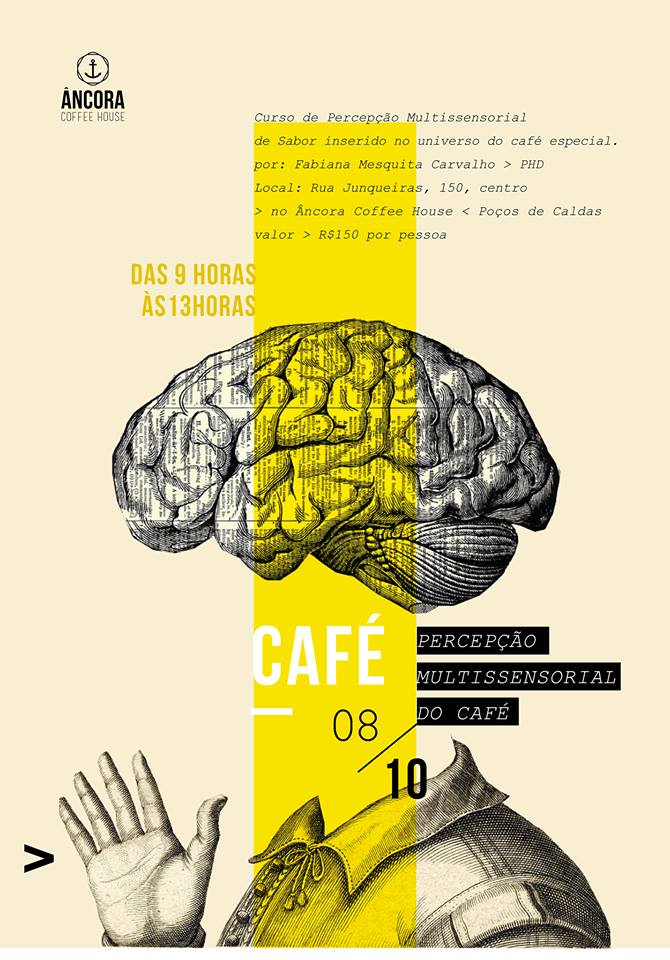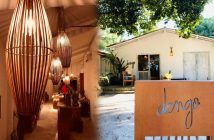Brazilian neuroscientist Fabiana Carvalho is dedicated to a large study on the subject, with participation of Norwegian roaster Tim Wendelboe, and scientist Charles Spencer, form Oxford University
She is born in Minas Gerais, and as granddaughter and daughter of coffee producers, she spent most of her childhood with cousins playing in the farm, in Cana Verde, Minas Gerais. She used to stroll around coffee plantations, see the harvest and play with grains.
Time passed and Fabiana went to UFMG to study biology. Then came master degree in neurochemistry, when she studied memory processes. She came to USP for a doctorate in neuroimage, focused on attention and perception.
She then went to Scotland, where she lived for a year and a half, working on the experimental portion of her studies. She went to England, this time to London, for a post-doctorate, focused on attention and impulsiveness. Back to Brazil, she is attending another post-doctorate in USP.
Resident in Poços de Caldas, Fabiana once again discovered coffee, while regularly visiting Âncora coffee shop. With her intelligence, she soon noticed the complexity of special coffees, chiefly in the multisensory aspect. “I have always had interest in olfactory perception, but I only studied sensory perception”, she tells. She started to study wines, beers and foods. But there was a coffee shop in the middle of the road. And she fell in love with the subject once again.

(Fabiana Carvalho, neurocientist and crazy for coffee!)
Wine has been studied for many years by scientists, too much is already known about the interference of form, color, recipient weight, external sound; several things that interfere with the drink perception, what exacerbates or restrains certain notes. “It is the information caught in a sense that interferes with the way another sense perceives what is being consumed. If you provide a heavy stimulus, that is, if the cup is heavier or light, it tends to interfere with the coffee tactile perception”, she says.
And she goes on: “it happens because the person transfers the tactile perception of his hand to the tactile perception of his tongue, and you tend to feel more body there, due to the cup weight”, explains Fabiana.
The recipient color, the cup color, also influences the perception of coffee taste. “Many studies on multimodal association of color and taste were already conducted with foods and beverages, but they were not yet developed with coffee”, says Fabiana.
In order to develop such studies with coffee, Fabiana contacted researcher Charles Spence, from Oxford University, whose laboratory is the one with more cutting edge works on multisensory perception. The researcher studies basically the influence of color and form of recipients in the perception of taste, whether beverage or food. He is consultant to countless renowned chefs across the globe. Spencer provides consultancy on how to place food on the dish to make it more attractive to our brain, for example.
One of his focus is wine, and so I contacted him to learn whether he would be interested in developing studies on coffee, and he accepted it”, she tells with enthusiasm.

(An Âncora Coffee House poster promoting a multisensorial workshop made by Fabiana Carvalho)
After having talked about the experimental design they were about to develop, Fabiana invited another expert in coffees in Brazil, Camila Arcanjo, from Sindicafé- SP and Unicamp scientist. Together, they will make three types of experiments during the SIC – International Coffee Week (Coffee Sensorium Room Experiment). To participate, registration must be made previously.
In order not to influence the experiments’ results, we won’t disclose it previously. But there will be three experiments. Coffees with different preparations will be served and people will judge the marks.
Results will be published first as scientific paper, and then, it will probably become a book.
The first analyses will probably be concluded until December. Professor Charles Spence will assist with the analysis of results and the whole development of the work. “We will make a distance work”, she tells.
Another highlight participation in the works is that of Norwegian roaster Tim Wendelboe. Tim has recently developed recipients for wines. “We will use it in our experiment at SIC. One cup is open, another in tulip shape and the third, designed with a waist. They developed them for experiments with wine. And we will see how they behave with coffee”, she tells with enthusiasm.
“It is obvious that the coffee quality is primordial, but there is a whole sensory experience behind it, which we need to study and reveal”, says the neuroscientist.
This experiment will contribute to make Brazil, finally, stop copying external trends and, maybe, with more initiatives like this, it will start to occupy the space it really deserves in special coffees scenario.
The fourth wave is here!!



